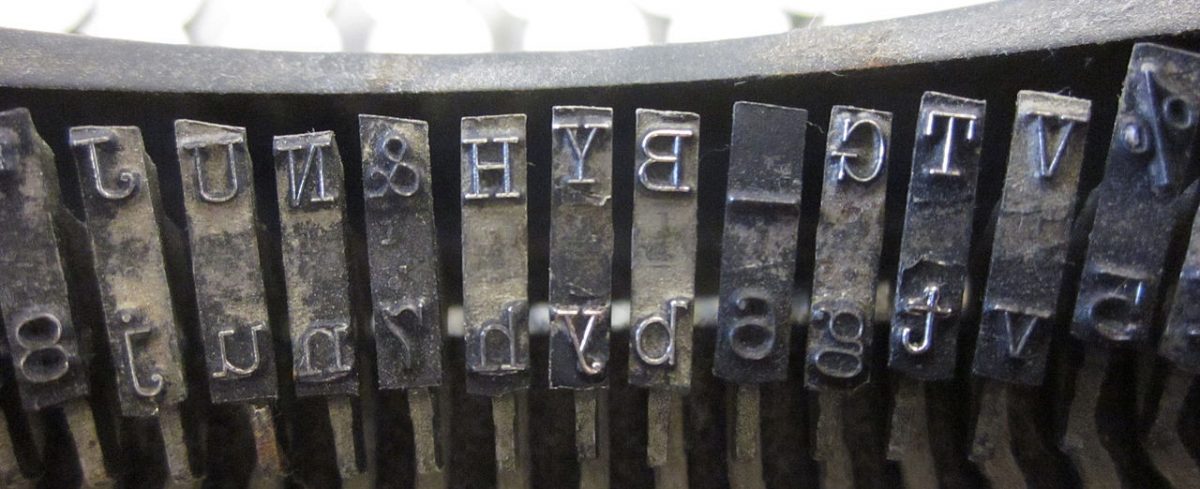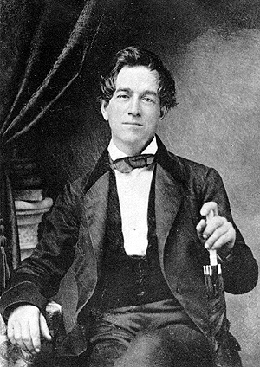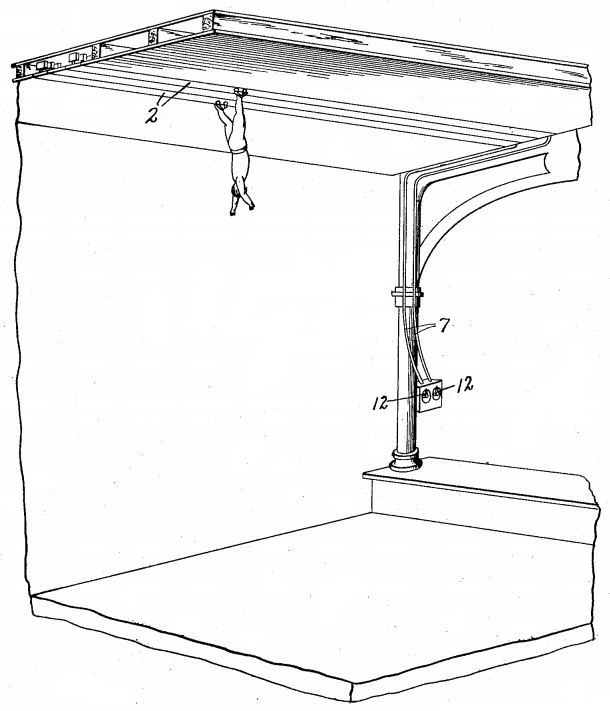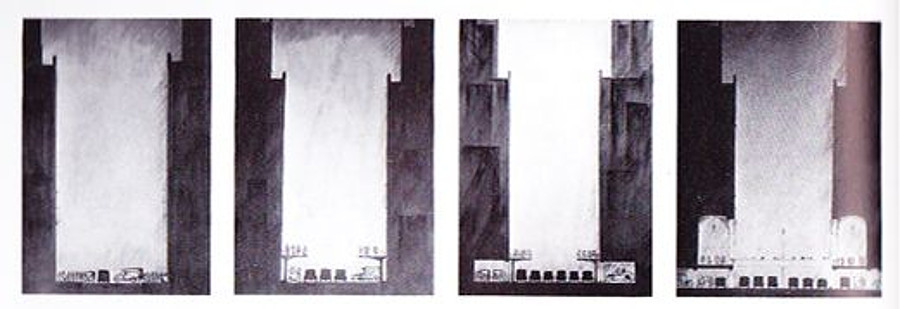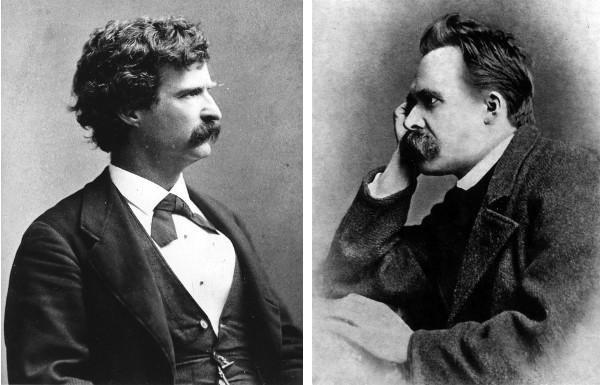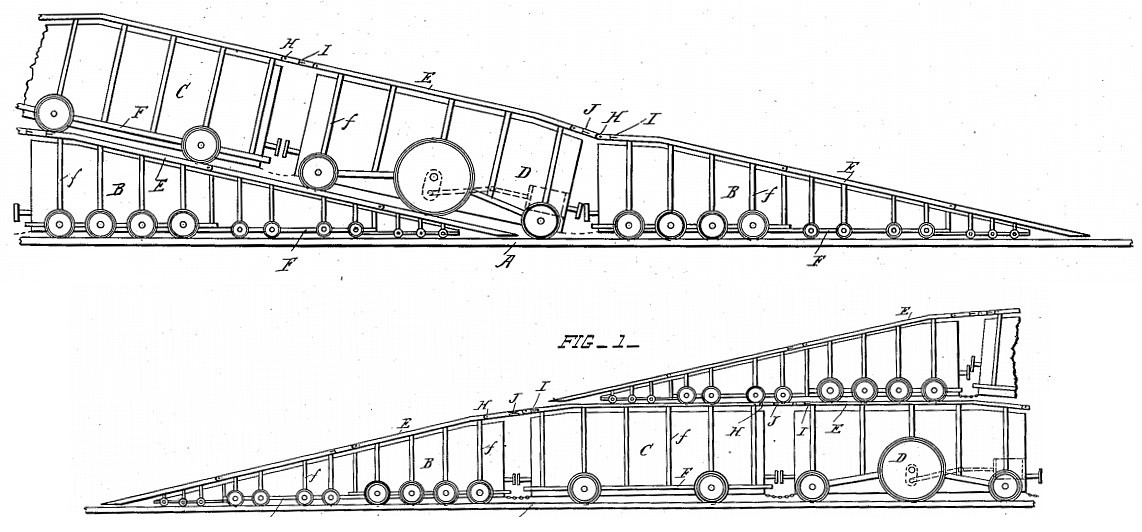In 1960, British researcher Donald Michie combined his loves of computation and biology to consider whether a machine might learn — whether by consulting its record of past experience it could perform tasks with progressively greater success.
To investigate this he designed a machine to play noughts and crosses (or tic-tac-toe). He called it the Machine Educable Noughts And Crosses Engine, which gives it the pleasingly intimidating acronym MENACE. MENACE consists of 304 matchboxes, each of which represents a board position. Each box contains a collection of beads representing available moves in that position, and after each game these collections are adjusted in light of the outcome (as described here). In this way the engine learns from its experience — over time it becomes less likely to play losing moves, and more likely to play winning (or drawing) ones, and it becomes a more successful player as a result.
University College London mathematician Matthew Scroggs describes the engine above, and he’s built an online version that you can try out for yourself — it really does get noticeably better as it plays.

